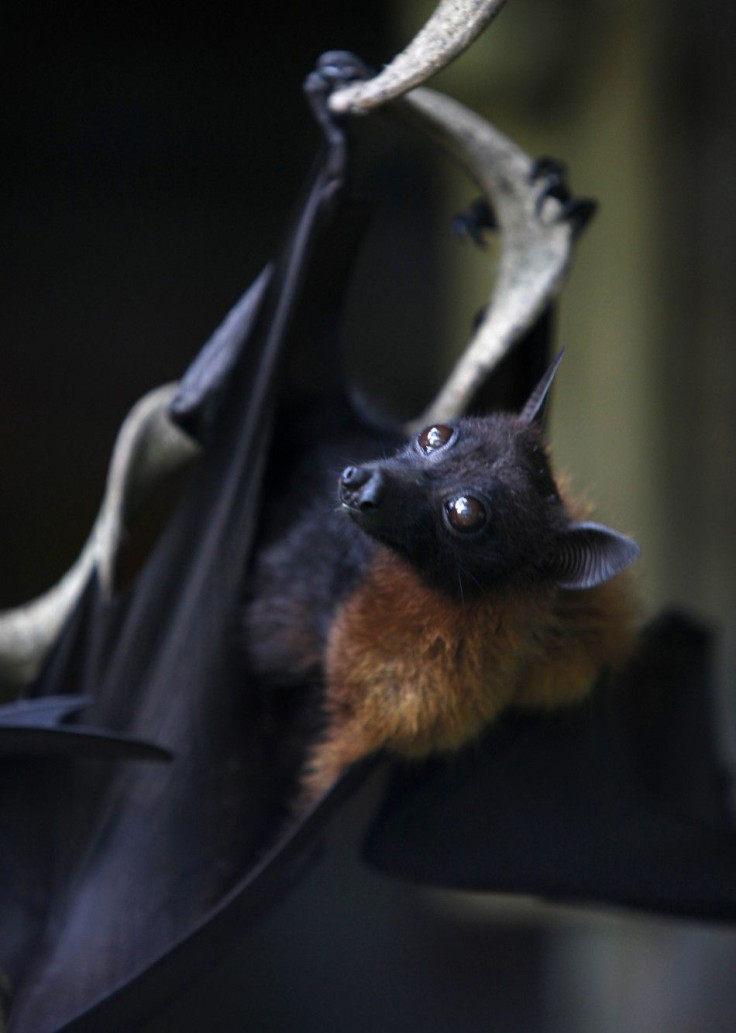Superfast Vocal Muscles Make Bats Champion Hunters on the Fly [Video]

A set of superfast vocal muscles is what makes a bat a champion catcher of flying insects snatched in midair, scientists report.
To track their prey, a bat makes sonar-based echolocation calls, which scientists call the terminal buzz. A bat can make these calls at the speedy rate of 190 calls per second. However, until now, it remained unknown how these flying mammals produce the calls.
Now, researchers at the University of Southern Denmark and the University of Pennsylvania have found that highly specialized superfast muscles in the bat's larynx power rapid call rates in the terminal buzz. These muscles are weak, but quick enough to contract at a speedy rate, about 100 times faster than ordinary human muscles. Bats are the first mammals known to have such muscles. The echolocation calls help a bat to make an image of its surroundings. By putting together these images, it can see movements, scientists said.
Previously, only songbirds, rattlesnakes, and certain fish were known to have superfast muscles, and scientists wanted to know whether any mammals have them as well. Their thinking was that if any mammals possess these muscles, the most logical choice would have to be bats.
As described in the journal Science, the researchers recorded bats' sonar-based echolocation calls and determined the time that echoes take to reach their ears. The results showed that compared with their muscles, bats' brains are capable of processing the sounds even faster, up to 800 calls per second.
Evolved around 45 million years ago, bats were the first animals to hunt at night.
Flight would have come first, then echolocation to allow them to navigate, and then the very high rate echolocation that allowed them to locate and catch flying insects that move erratically, said Coen Elemans, the professor who led the study.
There are certain special factors that enable bats to contract their muscles with such speed, according to the researchers. Their cells have energy-making organelles, called mitochondria, and extra calcium-shuttling proteins that make them contract more frequently.
At the same time, these amazing muscles also limit the bats. Despite being fast, the specialized muscles allow only a finite number of calls per second, said Elemans.
Scientists believe the discovery of the superfast muscles in mammals may pave the way for them to trace their overall evolution.
© Copyright IBTimes 2024. All rights reserved.












